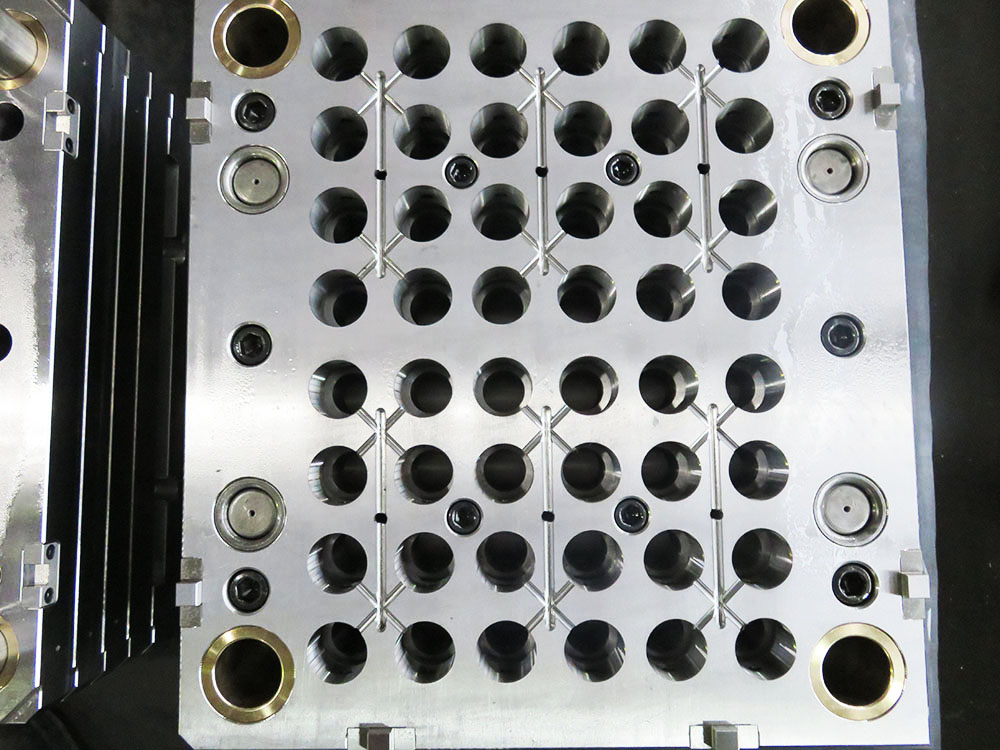Introduction
CNC milling frame drawings provide detailed information about the mold base design, dimensions, and machining specifications. By correctly interpreting these drawings, manufacturers can accurately produce mold bases that meet the required specifications.
Understanding the Title Block
The title block is located at the bottom right corner of the CNC milling frame drawing and contains important information related to the mold base. This information typically includes the drawing number, revision number, date, and the name of the designer. It is essential to review this information to ensure that you are working with the correct version of the drawing.
Identifying the Views
CNC milling frame drawings typically include multiple views of the mold base, including the front, top, and side views. These views provide a comprehensive understanding of the mold base's shape and dimensions. Each view is represented by a rectangular box that contains the respective projection or orientation of the mold base.
Understanding Geometric Dimensioning and Tolerancing (GD&T)
GD&T is used to define the size, shape, and orientation of features on the CNC milling frame drawing. Geometric symbols, such as squares, circles, and triangles, are commonly used to communicate specific tolerances and dimensions. It is crucial to have a solid understanding of GD&T symbols to accurately interpret the drawing and produce a mold base that meets the required specifications.
Identifying Dimensions and Tolerances
Dimensions and tolerances are crucial for ensuring the proper fit and functionality of the mold base. Dimensions are represented by numerical values indicating the size, length, width, or height of specific features. Tolerances, on the other hand, represent the allowable deviation from the specified dimension. It is important to pay close attention to the dimensions and tolerances provided in the CNC milling frame drawing to ensure the mold base meets the required specifications.
Understanding Surface Finish Requirements
The CNC milling frame drawing may specify certain surface finish requirements for specific areas of the mold base. Surface finish is an important factor that affects the mold's performance, durability, and overall quality. Surface finish requirements are typically represented by symbols with specific values, such as "Ra" or "Rz," along with the required value range. It is essential to interpret and follow these surface finish requirements during the CNC milling process.
Identifying Material Specifications
CNC milling frame drawings often include material specifications for the mold base. Material specifications indicate the type of material that should be used, such as steel or aluminum, along with any additional requirements, such as hardness or heat treatment. It is important to identify and comply with the specified material requirements to ensure the mold base's proper strength and performance.
Reviewing Additional Notes and Instructions
CNC milling frame drawings may include additional notes and instructions that provide important information or clarify certain aspects of the mold base design. These notes and instructions should be carefully reviewed and followed to ensure the accurate production of the mold base. Ignoring or misunderstanding these additional details can lead to errors or defects in the final product.
Conclusion
Reading CNC milling frame drawings in the mold base industry requires a thorough understanding of symbols, dimensions, tolerances, surface finishes, material specifications, and additional notes. By following the steps outlined in this article, manufacturers can interpret these drawings accurately and produce mold bases that meet the required specifications.




